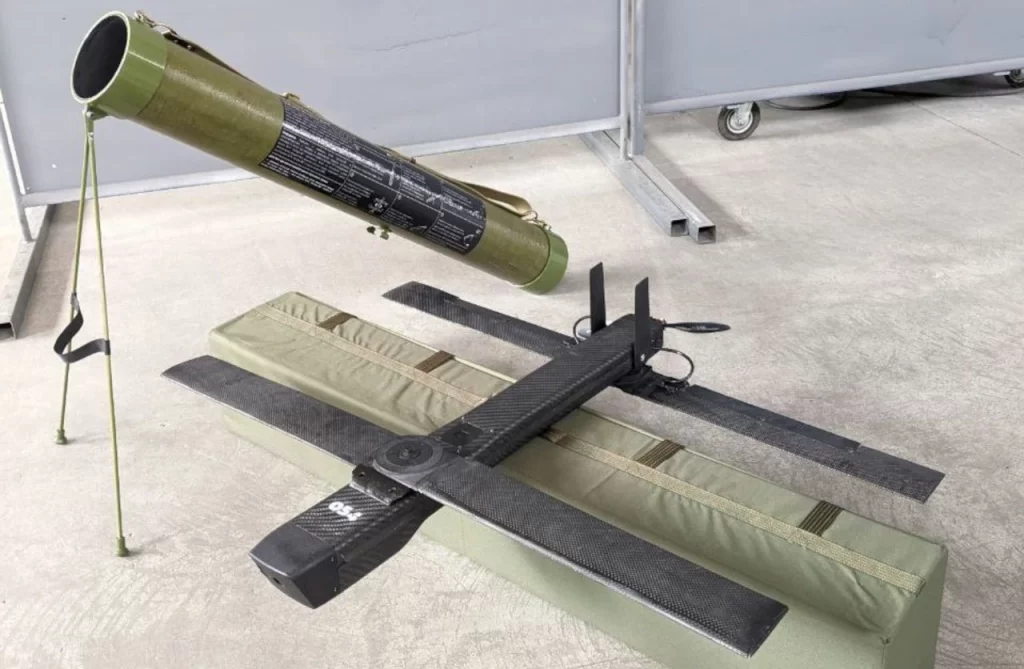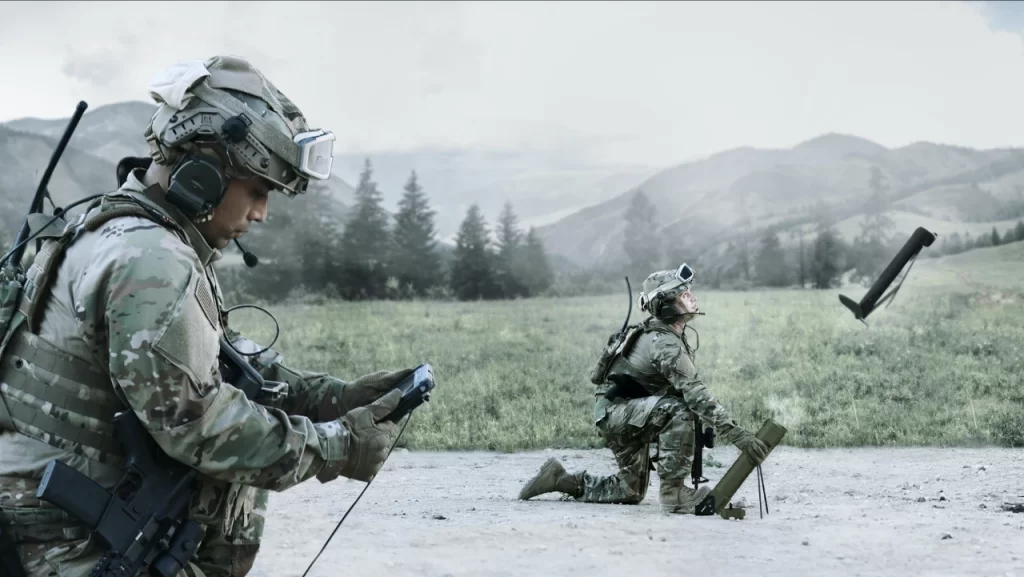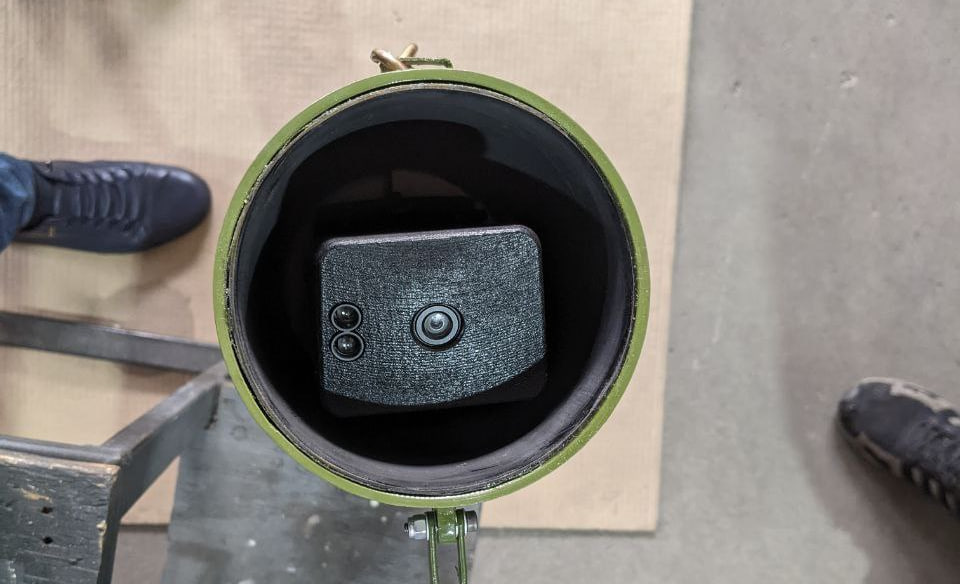Russian engineers are creating an assault drone known as BAS-80 that replicates the technical solutions of well-known American drones such as the Switchblade.
Evgeniy Duborov, the CEO of the development company NPO “Android Technologies,” released the drone’s video and photographs.

According to Evgeniy, several of these “kamikaze drones” have already been delivered to Russian forces in Ukraine for testing on the ground.
He explained that several of the company’s BAS-80s were given to the Tsar’s Wolves brigade to determine the best method to use in pilot combat operations and recommend the optimal installation components based on the operating conditions.
Dudorov noted that using composite materials, as the UAV is made of carbon or fibreglass, enabled the ‘BAS-80’ to be as lightweight and compact as feasible. The drone weighs 1.7 kilograms and can be stored in a tube the operator carries because of its folding wings.

The video demonstrates that a transport-launch container with an ejection system is used to launch the drone. The ejection system is said to utilise a pyrotechnic charge.
The drone’s light weight of 1.75 kilogrammes results from its construction from composites and fibreglass. The drone can be easily transported by infantry because it is kept in a launch container until just before takeoff.
The useful payload capacity of the BAS-80 is 500 grammes, but it is asserted that it can be increased to 2 kilograms.
A battery powers an electric motor in the drone’s tail, propelling it forward. It has a range of 30 km, a top speed of 130 kilometres per hour, and an altitude capability of 200 metres.
In addition, images of the drone installed in the launch container provided a comprehensive view of the optical system. It has three lenses, likely for colour and infrared (IR) cameras.
Regarding fuselage geometry and various technological solutions, such as the wing and keel arrangement, launch and flight scheme, the drone appears conceptually similar to the Switchblade drone.

However, it is worth noting that the manufacturer claims BAS-80 has superior specifications than Switchblade. Comparatively, a similar-sized drone to the Switchblade 300 has a maximum range of 10 kilometres and can transport a warhead weighing about 250 grams.
Although it is not explicitly stated in the developers’ announcement, it is plausible that the drone is equipped with GLONASS-based satellite navigation.
This new weapon system’s software, whose quality is essential for drones of this type, is an undisclosed but essential component.
The Switchblade and other drones like it lose operator contact as they dive because of the natural obstructions. The drone then enters an autonomous phase in which the acquired target is automatically targeted. Without such a system, the drone’s effectiveness would be diminished.

